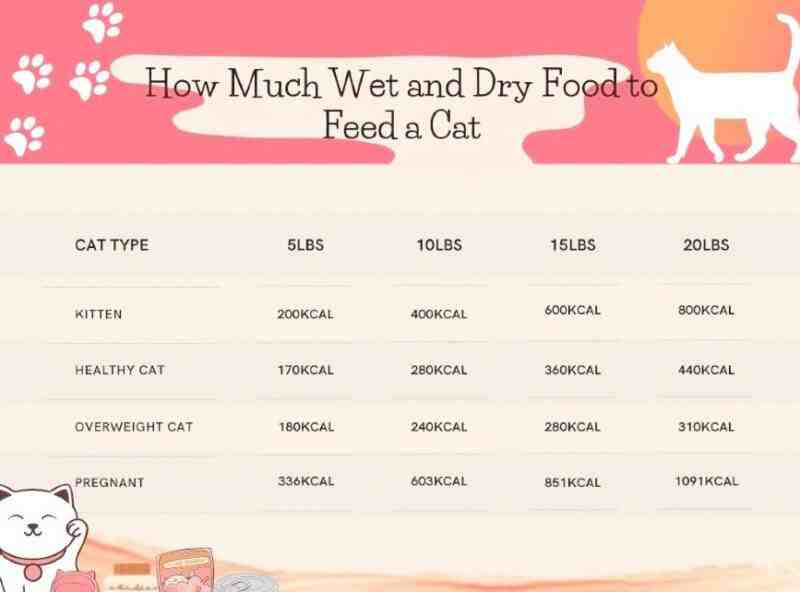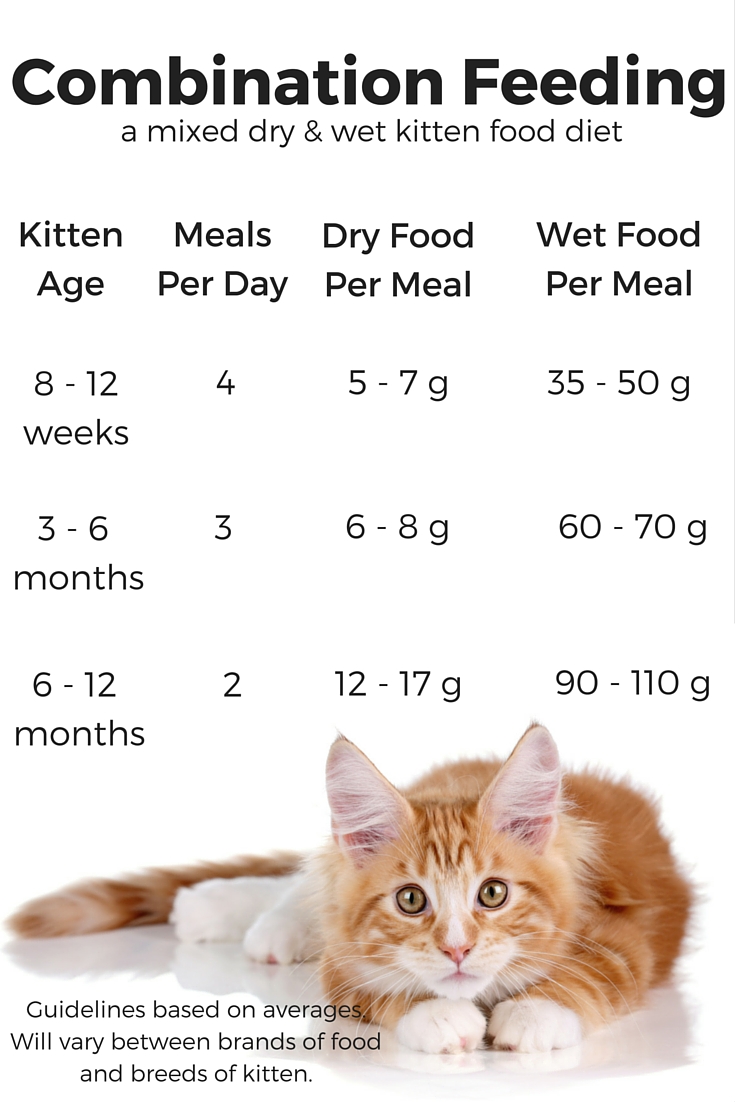How Much Do You Feed Your Cat A Day
:max_bytes(150000):strip_icc()/how-much-canned-food-to-feed-554404-Final-5c8fa9f046e0fb000187a328.png)
The gentle purr of a contented cat often accompanies the clinking of a food bowl, but beneath this domestic scene lies a crucial question for every cat owner: how much is enough? Determining the appropriate amount of food for a feline friend isn't always straightforward, and getting it wrong can have significant health consequences.
Understanding proper cat feeding guidelines is essential for maintaining a healthy weight, preventing obesity, and ensuring overall well-being. This article delves into the factors influencing a cat's dietary needs and offers practical advice on how to determine the right portion sizes.
Key Factors Influencing Cat Food Portions
Several key factors determine how much food a cat needs daily. These include age, activity level, and the type of food being fed. The Association of American Feed Control Officials (AAFCO) provides guidelines, but individual needs always vary.
Age and Life Stage
Kittens require more calories per pound of body weight than adult cats to support their rapid growth. Senior cats, on the other hand, often need fewer calories as their metabolism slows down. Consulting a veterinarian is crucial for navigating these life stage transitions.
Activity Level
Indoor cats, especially those with sedentary lifestyles, need fewer calories than active outdoor cats. More active cats expend more energy and therefore require more fuel in the form of food. Observing your cat's behavior and energy expenditure can help you adjust their portions.
Type of Food
The caloric density varies significantly between dry kibble, wet food, and raw food diets. Dry food generally has a higher calorie count per volume compared to wet food. Always refer to the feeding guidelines provided on the food packaging, and adjust portions accordingly.
Decoding Food Labels and Guidelines
Pet food labels offer crucial information about nutritional content and recommended feeding amounts. These guidelines, however, are often just a starting point. Monitoring your cat's body condition is essential for fine-tuning their diet.
The feeding guidelines on the packaging are based on average caloric needs, but every cat is unique. Observing your cat's weight and adjusting portions based on their individual needs is vital. Regular weigh-ins and body condition scoring can help monitor progress.
Practical Tips for Determining Portion Sizes
Here are some practical tips to help you determine the right portion sizes for your cat. This includes measuring tools and observation techniques.
Use a measuring cup to accurately portion out dry food, rather than estimating. For wet food, follow the guidelines on the can or pouch and divide the daily amount into multiple meals. Consider using a kitchen scale for even greater accuracy, especially when dealing with specialized diets or raw food.
Pay attention to your cat's body condition. You should be able to feel their ribs easily without excessive fat covering them. A visible waistline when viewed from above is also a good indicator of a healthy weight. If your cat is gaining weight, reduce their portions or increase their activity level. If you are unsure, consult your veterinarian.
The Dangers of Overfeeding and Underfeeding
Overfeeding can lead to obesity, which increases the risk of diabetes, arthritis, and heart disease. Underfeeding, on the other hand, can cause malnutrition and weakness. Both extremes can negatively impact a cat's health and lifespan.
Obesity is a widespread problem in cats. According to the American Animal Hospital Association (AAHA), being overweight or obese significantly shortens a cat's lifespan. Preventing overfeeding is a key component of responsible pet ownership.
If a cat isn't getting enough nutrients, they may exhibit symptoms such as lethargy, weight loss, and a dull coat. Malnutrition can severely weaken the immune system. It's important to ensure the cat eats enough, especially if they are picky eaters.
Seeking Professional Advice
When in doubt, consulting with a veterinarian or a veterinary nutritionist is always the best course of action. These professionals can assess your cat's individual needs and provide tailored dietary recommendations.
A veterinarian can assess your cat's overall health and identify any underlying medical conditions that may affect their dietary needs. They can also recommend specific diets to address health issues such as allergies, kidney disease, or diabetes. Remember, every cat is different.
Determining the right amount of food for your cat is an ongoing process that requires attention, observation, and a willingness to adjust as needed. By understanding the factors influencing your cat's dietary needs and working closely with your veterinarian, you can help your feline companion live a long, healthy, and happy life.

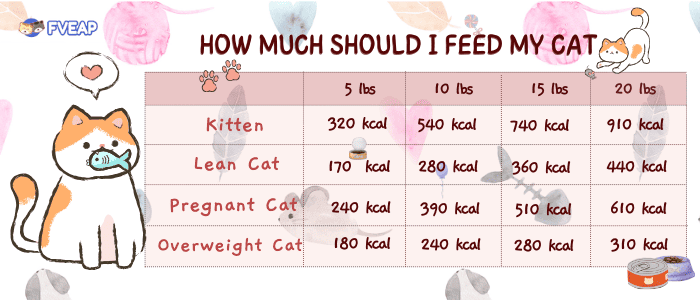
![How Much Do You Feed Your Cat A Day How To Help a Cat Lose Weight [Weight Loss Tips & Tricks] - Natural Pet](https://rawznaturalpetfood.com/wp-content/uploads/HOW-MUCH-SHOULD-I-FEED-MY-CAT-CREATING-A-CAT-DIET-PLAN-1021x1024.jpg)
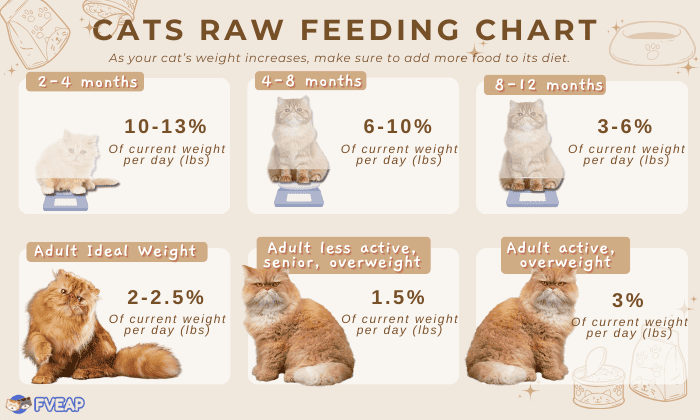
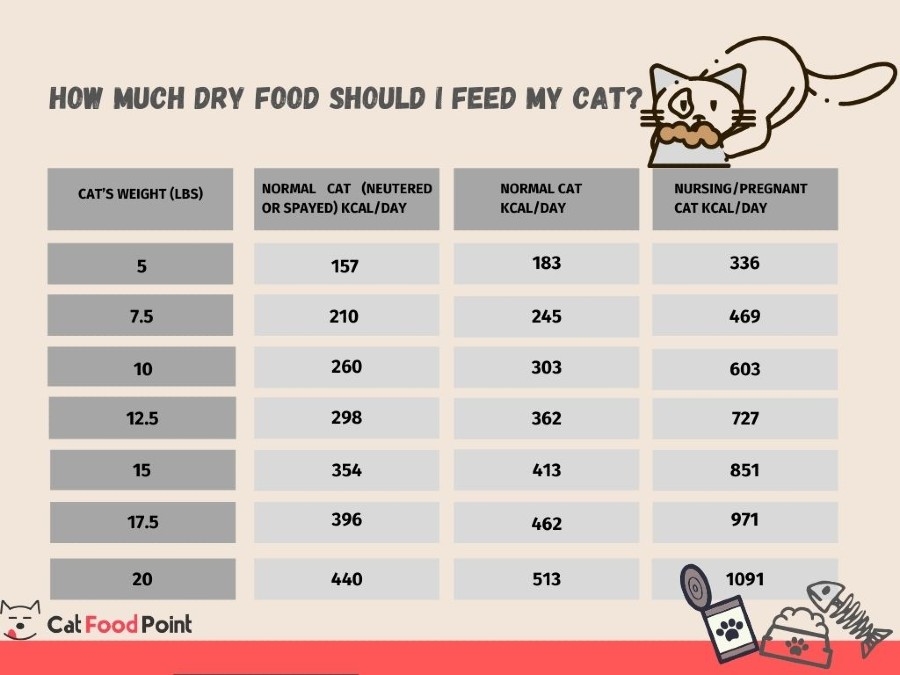

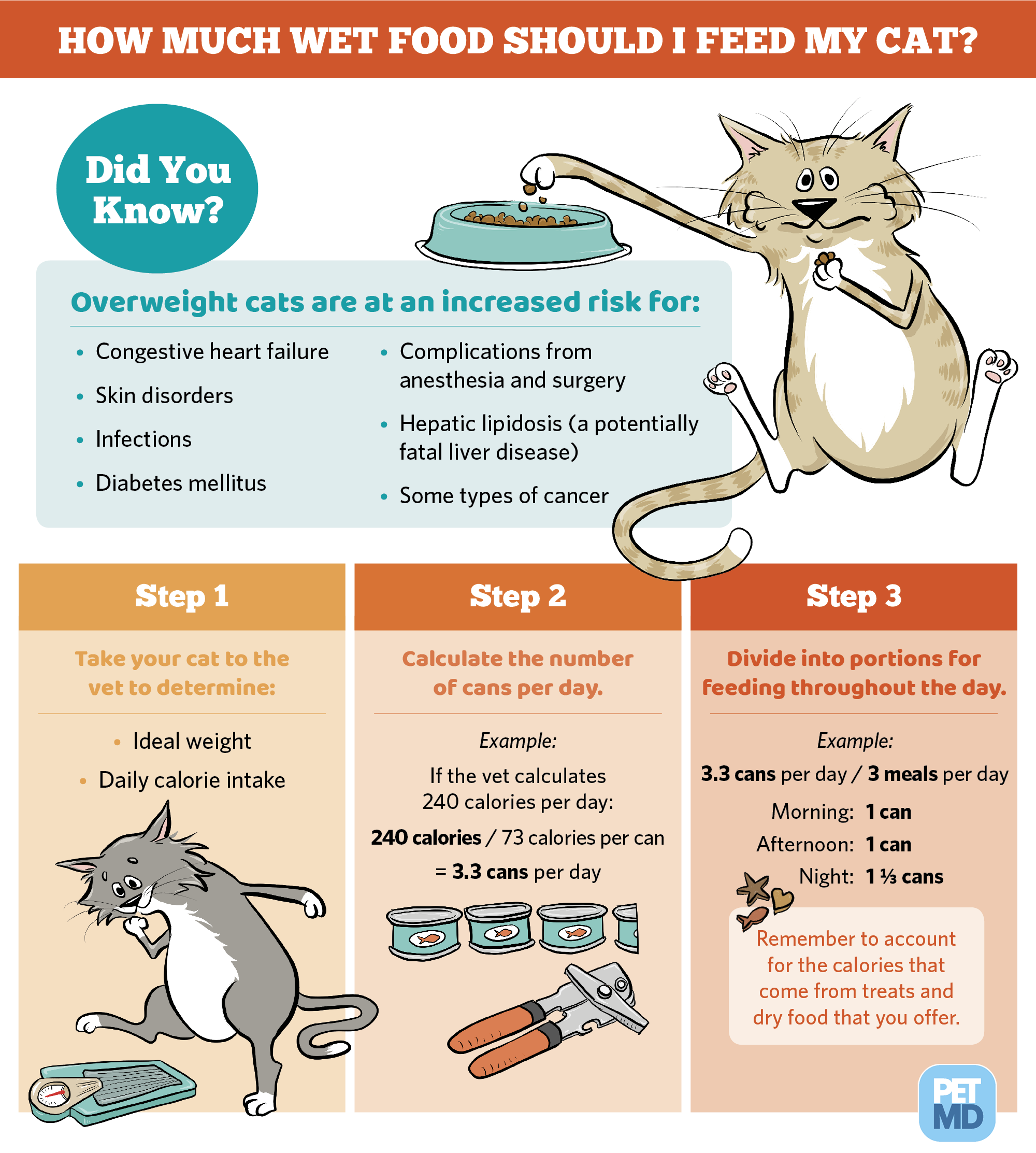
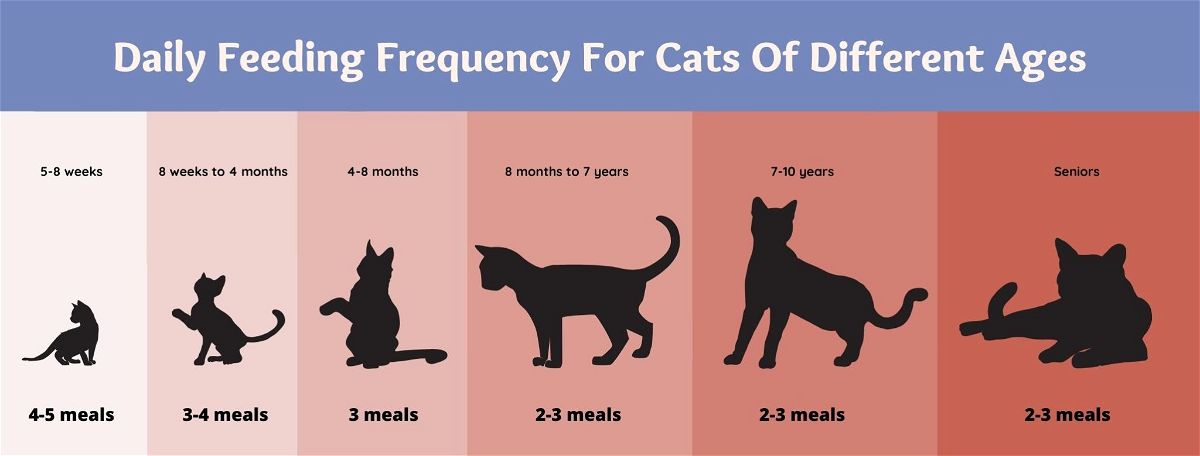

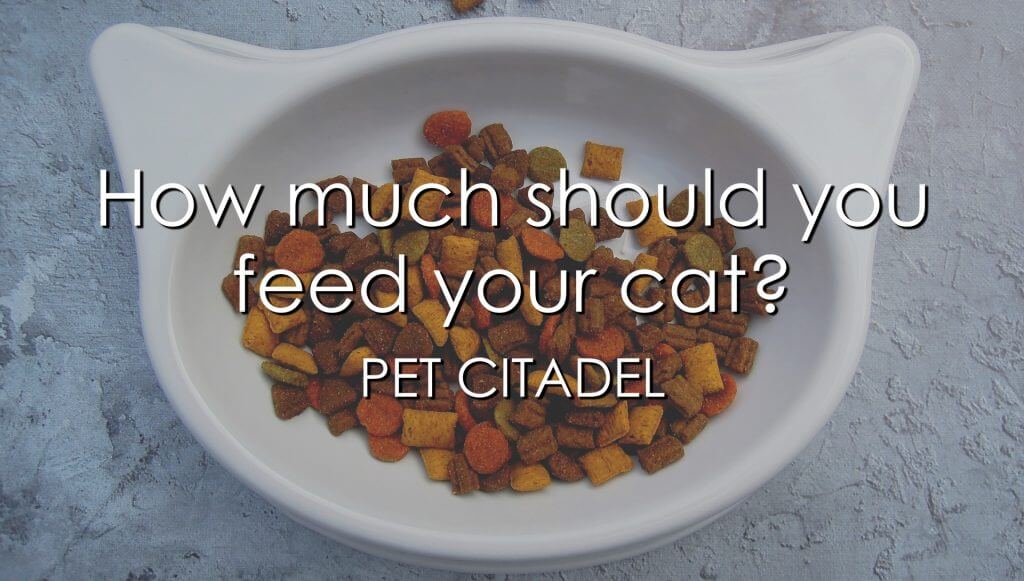
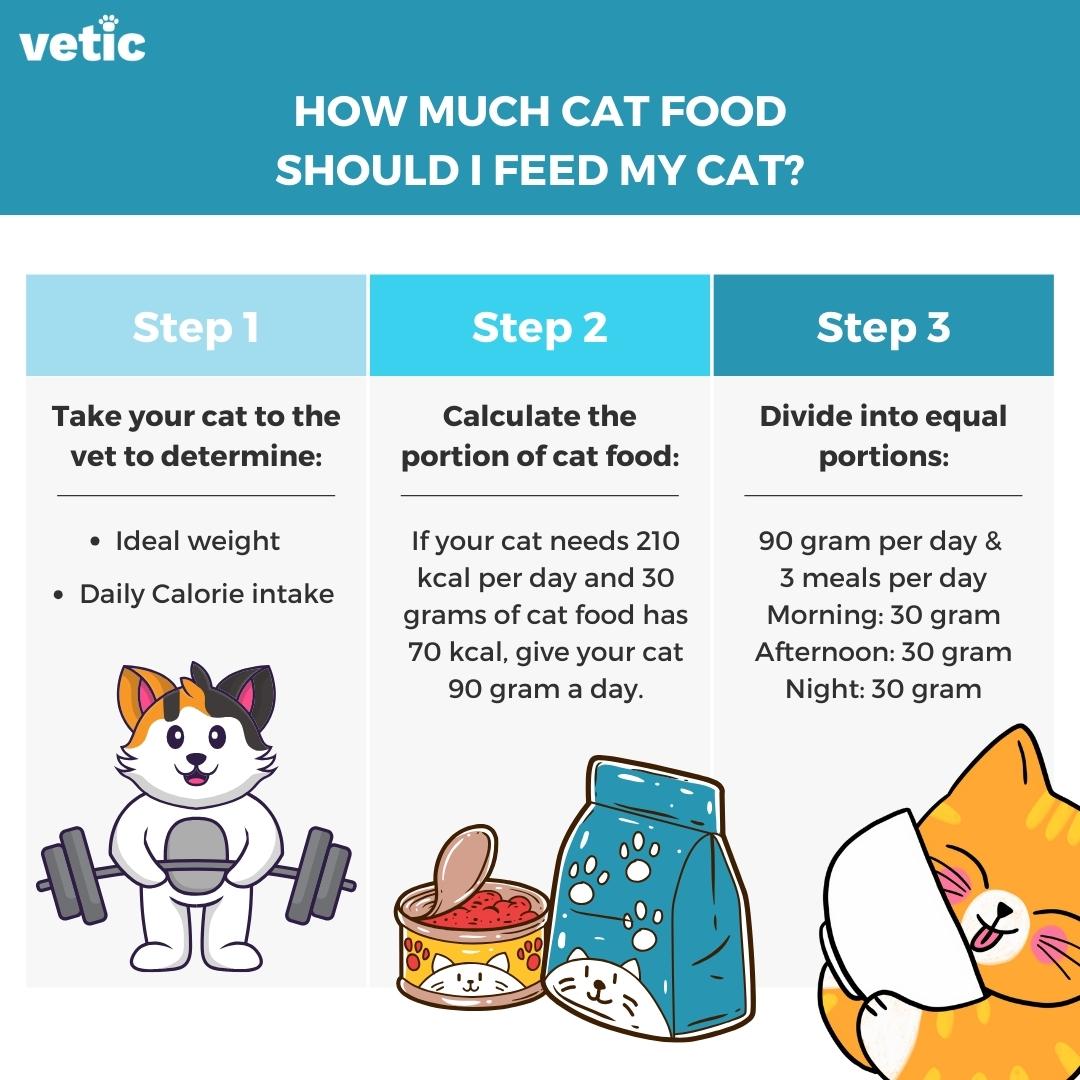
:max_bytes(150000):strip_icc()/kitten-bottle-feeding-schedule-2000-f91eb6f08cdd4dee98530735095cea31.jpg)
